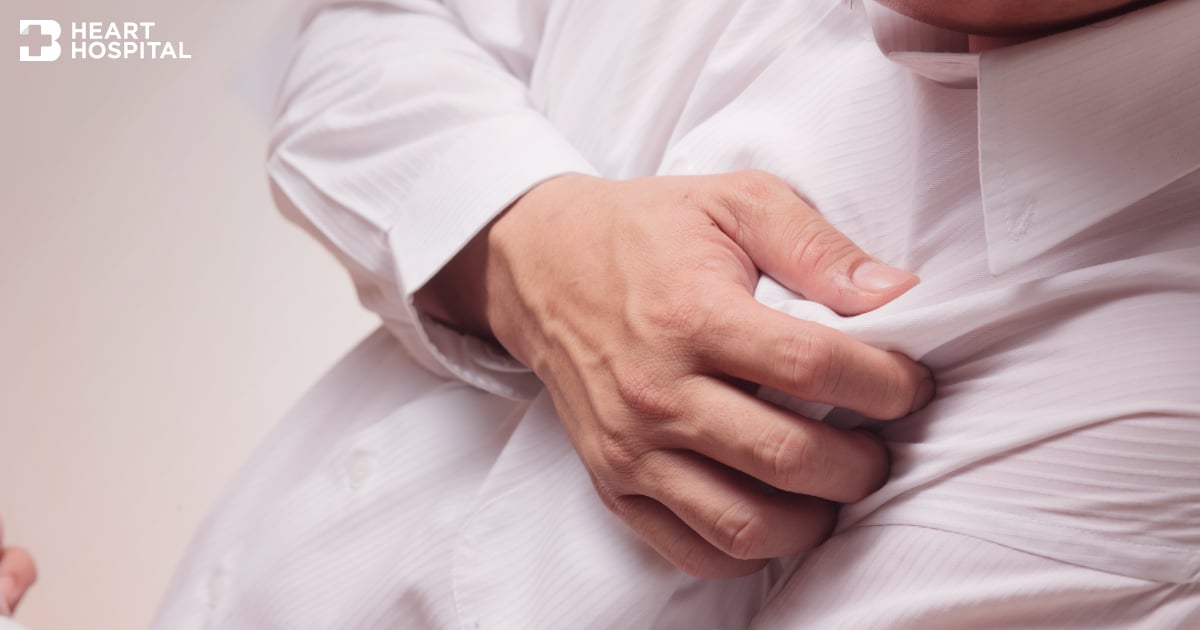Aneurysm, The Silent Danger That Should Not Be Ignored, Ready for 24-Hour Emergency Surgery


Translated by AI
Abdominal Aortic Aneurysm
In the body, there is a major artery that carries blood from the heart to various organs throughout the body. If a major artery is expanded or swollen, it can lead to an abdominal aortic aneurysm, which can be fatal if it bursts. The main causes of an abdominal aortic aneurysm include high blood pressure, high blood cholesterol, diabetes, smoking, stress, being overweight, and obesity.
An abdominal aortic aneurysm can be detected through health check-ups, X-rays, or ultrasound, which are included in the annual health check-up program. If detected in the early stages when the artery is not too swollen, it can be treated with medication and by reducing various risk factors to prevent the artery from swelling further or to slow down the swelling.
Ruptured Abdominal Aortic Aneurysm
A ruptured abdominal aortic aneurysm does not present any symptoms beforehand and only shows symptoms once a rupture has occurred. This condition occurs when a part of the artery wall bursts, not outwardly, but into the middle layer of the major artery wall, causing the outer layer of the artery to bulge while the inner part sags. This abnormality disrupts the blood flow to various body organs, for example, if it ruptures into an artery supplying the brain, it can lead to stroke or paralysis, and if it ruptures into an artery supplying the heart, it can cause a sudden cardiac arrest.
A ruptured abdominal aortic aneurysm usually occurs suddenly, with no preceding symptoms. Symptoms appear once the rupture occurs, often including chest and back pain. In some cases, the pain spreads to the abdomen. Some patients may experience weakness in their limbs, dizziness, and fainting. For patients with a ruptured abdominal aortic aneurysm in the anterior thoracic cavity, immediate surgery is required; otherwise, it could be fatal.
Bangkok Heart Hospital has a team of doctors available to provide treatment 24 hours a day, and when diagnosed with this condition, surgery can be performed within 1 – 2 hours.
However, maintaining good health is the best prevention. You should eat appropriately with low fats and low calories, change your daily routine, and exercise regularly. This can lower blood pressure and heart rate, reducing the impact force inside the major artery, decreasing the chance of developing an abdominal aortic aneurysm or a ruptured abdominal aortic aneurysm. Also, lower your risk by avoiding foods that could cause high blood pressure and rapid heart rate, like caffeine, and try not to stress.
Information by
Packages & Promotions
More

